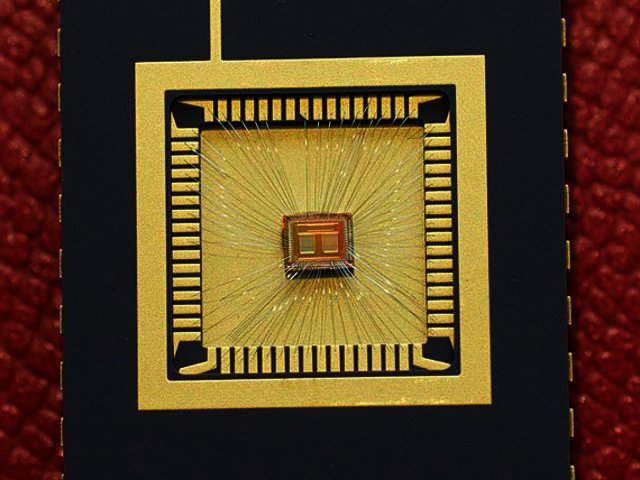IBM demonstrates breakthrough next-gen memory
By Johan Keyter 30 June 2011 | Categories: news
IBM engineers seem to have done it again, with new research into phase change memory (PCM), for the first time allowing the reliable storage of multiple data bits per cell over extended periods of time.
If that doesn't sound too exciting, take the fact that the new PCM technology is capable of read and write speeds of up to 100 times faster than that of Flash, today's leading non-volatile memory solution.
And unlike many other new advancements, the technology is actually capable of being utilised in new devices at an affordable price, from smartphones to cloud storage and even enterprise data storage.
IBM claims that, “with a combination of speed, endurance, non-volatility and density, PCM can enable a paradigm shift for enterprise IT and storage systems within the next five years.”
The search for a universal, non-volatile memory solution superior to Flash has been ongoing for many years. The benefits such a technology will have on the computing realm are numerous to say the least, and includes instantaneously booting computers and servers.
Unlike Flash, PCM is also a much more durable technology, able to endure some 10 million write cycles compared to the 3 000 or so cycles of consumer Flash devices. Of course one of the most obvious advantages is simply its amazing speed (up to 100 times faster) as well as retaining data even when the power is lost (the very definition of non-volatile).
"As organisations and consumers increasingly embrace cloud-computing models and services, whereby most of the data is stored and processed in the cloud, ever more powerful and efficient, yet affordable storage technologies are needed," said Dr. Haris Pozidis, manager of Memory and Probe Technologies at IBM Research, Zurich.
Problems had previously been encountered when testing the new technology, with slight changes in resistance levels causing read errors. But PCM compensates for the resistance shifts in the material, an alloy made of various elements, by way of applying voltages or current pulses of different strengths. This enables scientists to controllably induce the material to change from its crystalline (low resistance) to an amorphous (high resistance) form used to store data.
While there's no news on when we can expect to see PCM technology appearing in our pocket devices, it's always good to see new technologies on the horizon.
Most Read Articles

Have Your Say
What new tech or developments are you most anticipating this year?



